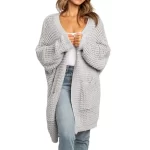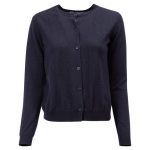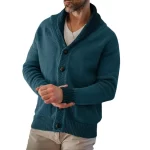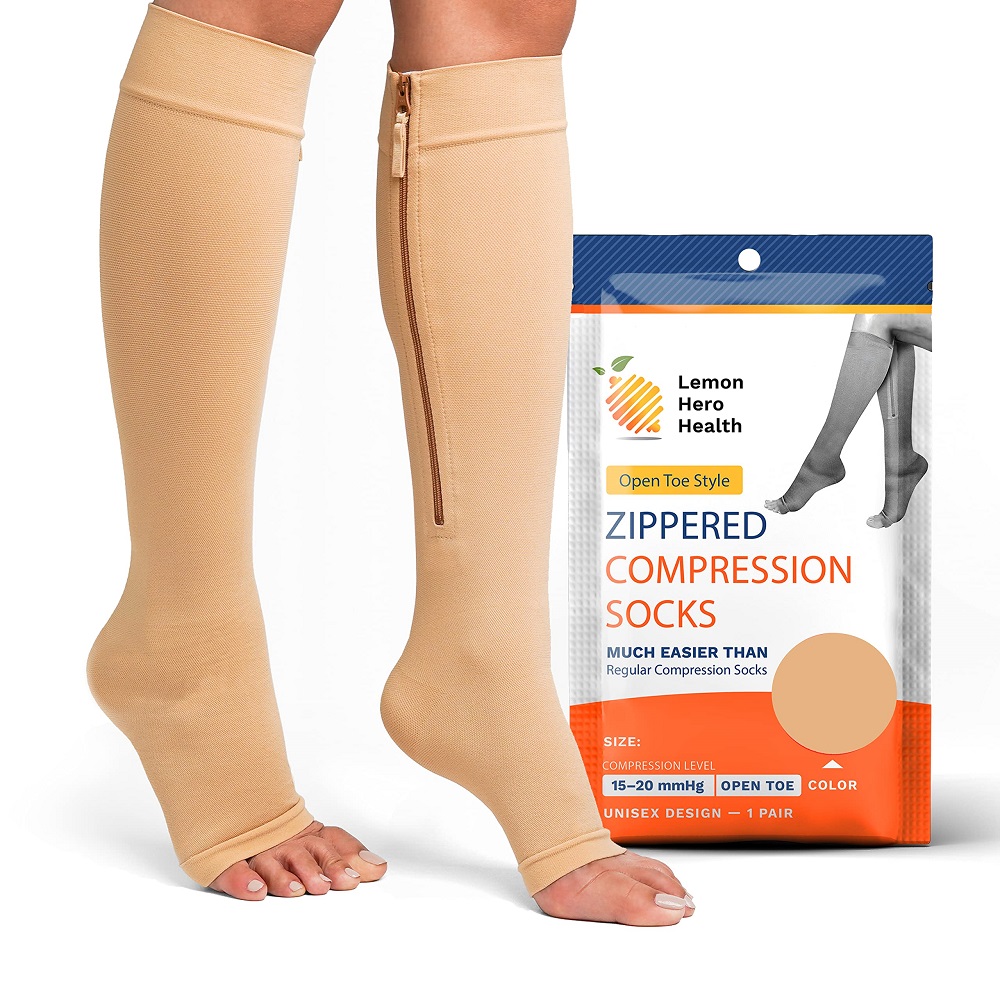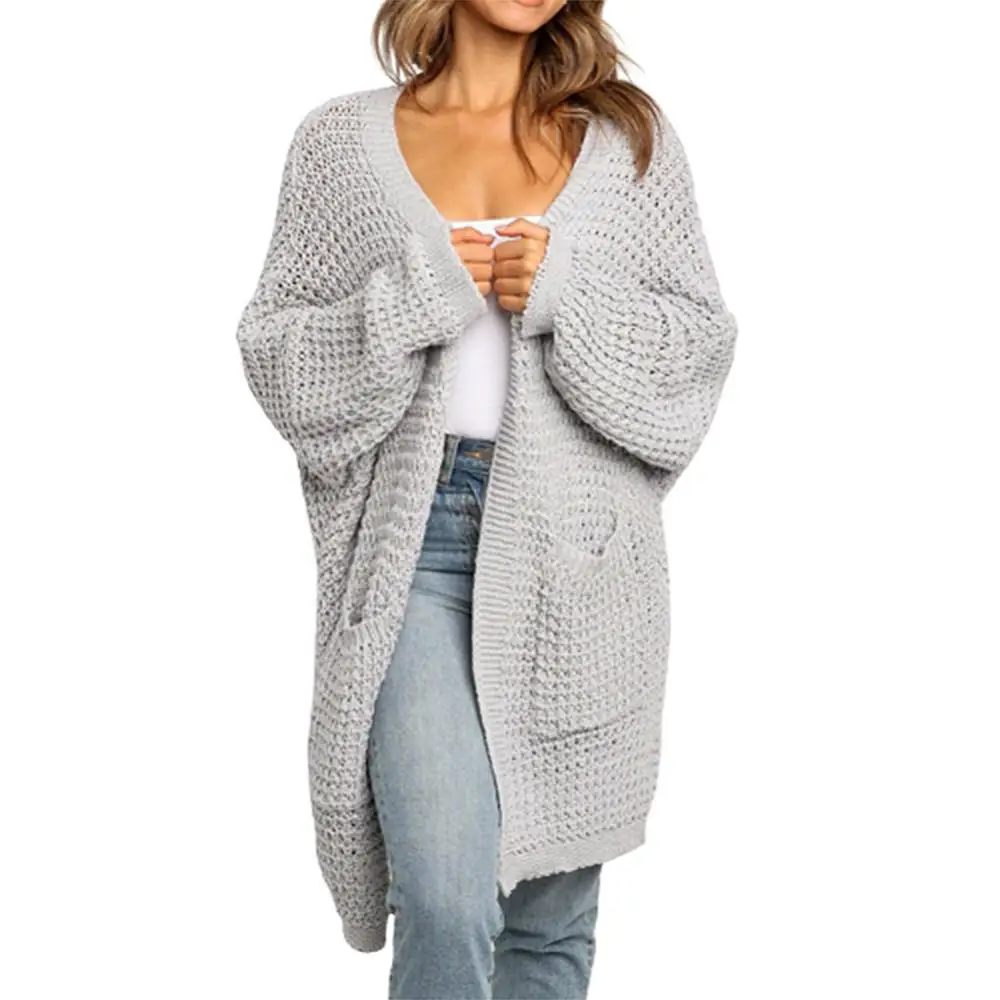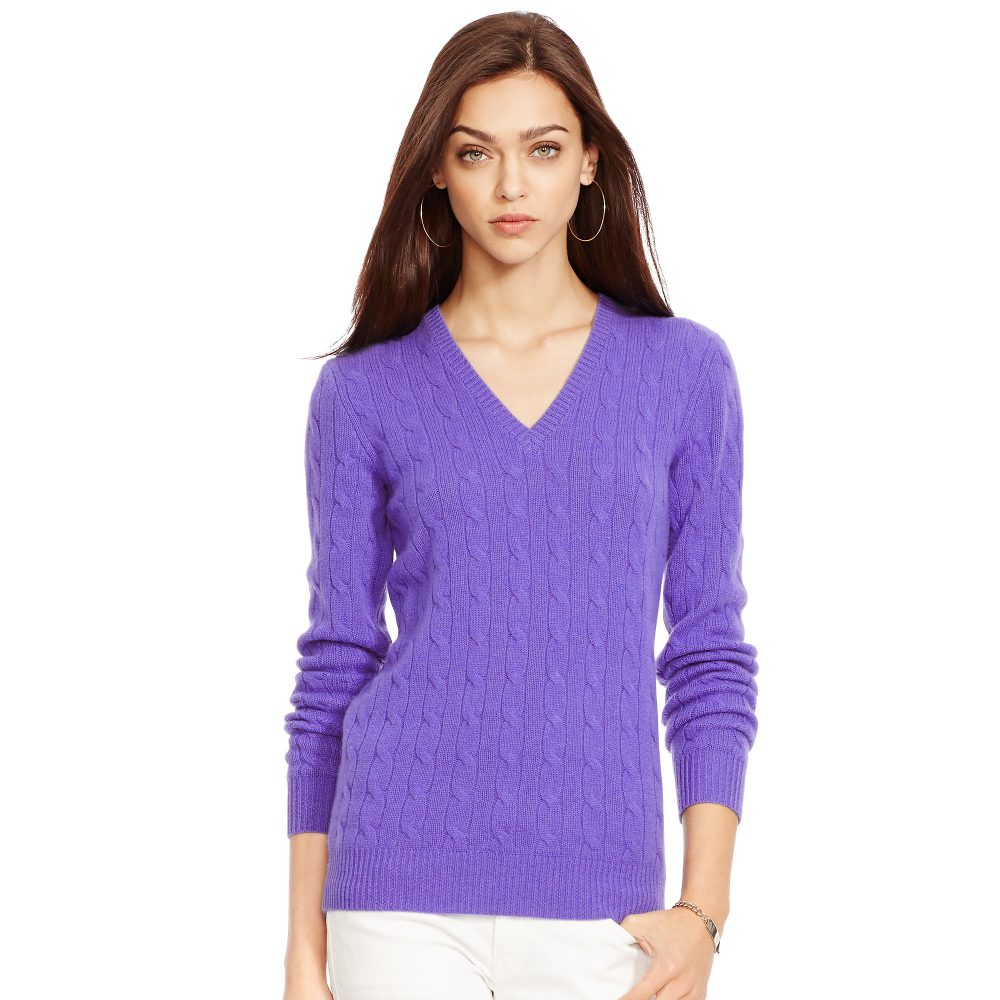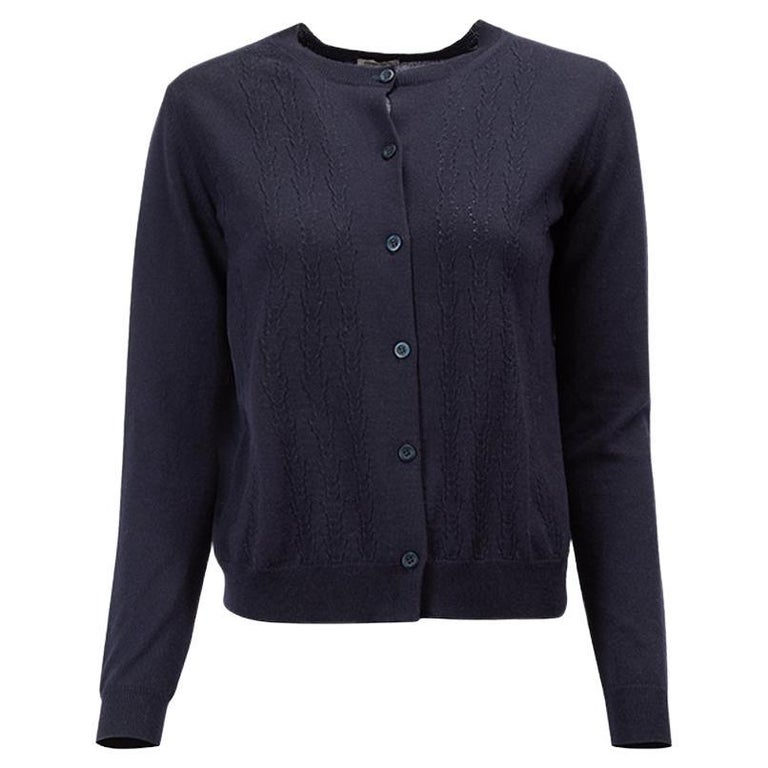Introduction to Medical Compression Socks
For many, medical compression socks are a daily necessity. They improve blood flow and can ease discomfort. These specialized socks apply pressure to your lower legs. This helps maintain blood flow and reduce discomfort and swelling.
Compression socks are for everyone. Whether you stand all day, travel frequently or need support post-surgery. Even pregnant women can benefit from them. Compression socks are not just for those with medical conditions.
Before choosing a pair, learn about their benefits and uses. It helps to understand what compression levels mean for your health. You should also know how to measure your legs properly. Choose the right brand and handle special conditions correctly.
Stay informed about when not to wear compression socks too. Your healthcare provider can suggest the best compression level for you. They can also help with sizing to ensure proper fit. Always check with a healthcare professional before starting compression therapy, especially if you have existing health conditions.
The Benefits of Wearing Compression Socks
Wearing medical compression socks offers multiple health advantages for various individuals. These benefits are especially noticeable for people who stand for long hours, travel frequently, are pregnant, or are recovering from surgery.
Firstly, they can improve circulation in the legs. This reduces risks of blood clots and deep vein thrombosis. Improved blood flow also means less swelling and fewer varicose veins, a common issue among those who spend a lot of time on their feet.
Secondly, compression socks help manage leg pain and tiredness. They provide support to the leg muscles and veins, lessen heaviness, and combat aching.
Thirdly, these socks aid in quicker recovery. Athletes often use them to speed up the healing of muscle soreness post-exercise. They are also beneficial after surgical procedures to help with swelling and healing.
Another advantage is prevention. Wearing compression socks can stop the progression of venous disorders before they become a significant health concern.
Finally, for those who are pregnant, medical compression socks can alleviate discomfort from swollen feet and legs. This condition is common during pregnancy due to increased body fluid and pressure on the veins.
In summary, 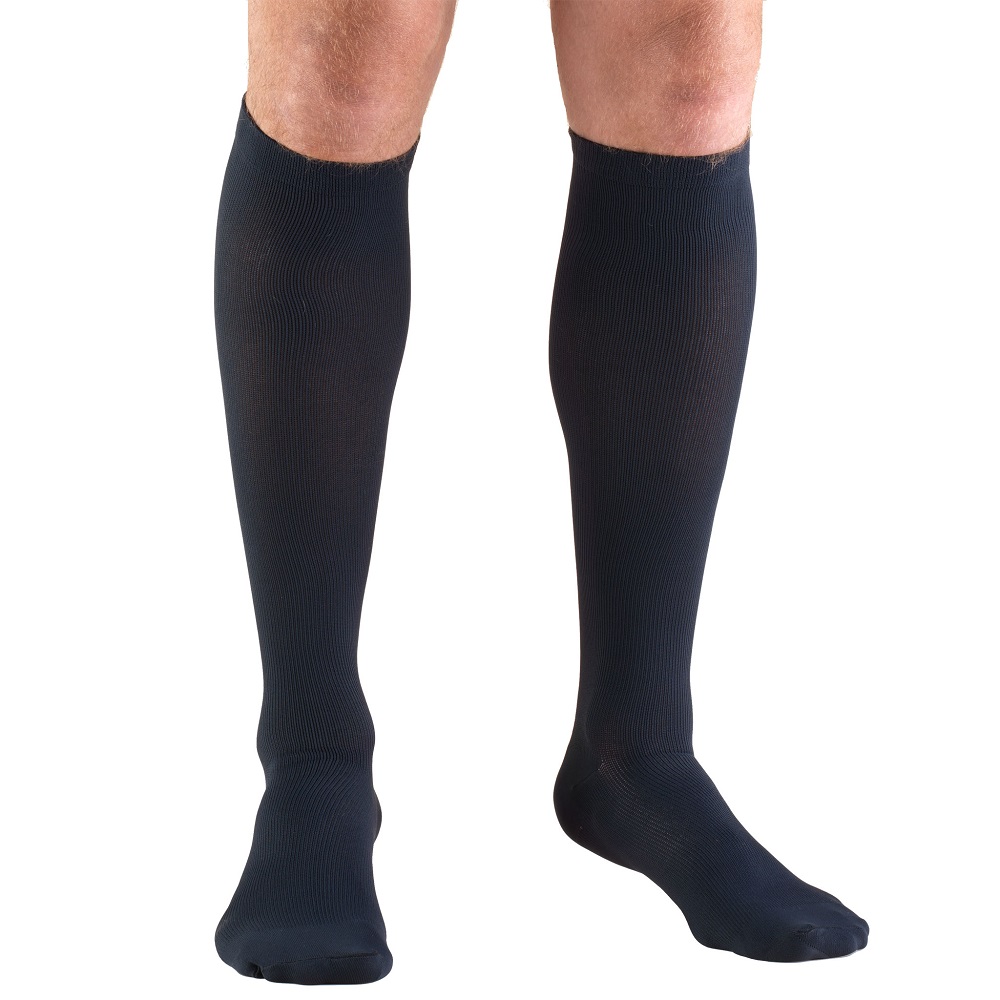 They are a simple, non-invasive way to manage and improve leg health. Always consult with a healthcare provider to determine the right compression level and fit for your needs.
They are a simple, non-invasive way to manage and improve leg health. Always consult with a healthcare provider to determine the right compression level and fit for your needs.
Factors to Consider Before Purchasing Compression Socks
Before buying medical compression socks, take these factors into account:
- Compression Level Needed: Consult a healthcare provider to find out the correct compression strength. It ranges from mild to extra firm.
- Accurate Sizing: Measure your legs precisely. This ensures the socks offer the right amount of pressure and comfort.
- Material Quality: High-quality materials provide durability and better compression. They may cost more, but they last longer.
- Special Conditions: Individuals with conditions like diabetes or varicose veins should choose wisely. Some socks offer features like open-toes for easier monitoring.
- Intended Use: Think about why you need them. Recovery from surgery, travel, and all-day standing have different requirements.
- Brand Reputation: Brands like Juzo, Sigvaris, Medi, and Jobst have been recognized for their quality. Seek socks from trusted manufacturers.
- Ease of Use: If you have limited mobility or strength, look for socks that are easy to put on. Options with zippers or Velcro might help.
Keep these considerations in mind to get the most out of your medical compression socks and enhance your leg health.
Understanding Compression Levels and Their Uses
Understanding the compression levels of medical compression socks is crucial before making a purchase. These levels indicate the tightness or pressure the socks will apply to your legs.
- Mild Compression (15-20mmHg): Ideal for everyday use to relieve tired and achy legs. It may help prevent minor swelling and reduce the risk of early varicose veins.
- Moderate Compression (20-30mmHg): Suited for those with moderate varicose veins and edema. It’s also good for post-surgical recovery, preventing deep vein thrombosis during travel, and for those who stand for long periods.
- Firm Compression (30-40mmHg): Recommended for managing active ulcers, post-thrombotic syndrome, and severe edema. It’s often prescribed for patients with significant venous diseases.
Your healthcare provider can help decide which level is right for your specific condition. Do not choose a compression level on your own, especially if you have serious health issues. For correct use, ensure you understand the purpose each level serves. Mild compression can suit daily activities, while firmer levels target more serious leg health issues. Remember, correct usage of medical compression socks improves their effectiveness and your comfort.
How to Properly Measure for Compression Socks
Proper measurement is key to finding the right fit for medical compression socks. Incorrect sizing can lead to discomfort or reduced effectiveness. Here’s how to measure your legs accurately:
- Measure in the Morning: Swelling can occur throughout the day. Measure your legs in the morning for the best fit.
- Ankle Circumference: Use a cloth tape measure to wrap around the smallest part of your ankle.
- Calf Circumference: Measure the widest part of your calf.
- Calf Length: Sit down with your legs at a 90-degree angle and measure from the bend of your knee to the bottom of your heel.
It’s essential to use the size chart provided by the compression sock brand when selecting your size. This ensures the pressure will be applied correctly. If you’re between sizes or unsure, consult with your healthcare provider for guidance.
Remember, a well-fitted compression sock should feel snug but not painfully tight. It should be smooth against your skin with no bunching. Double-check the fit once you’ve put on the socks to ensure they’ll provide the benefits you need throughout the day. Regularly re-measure your legs, as sizes can change over time due to various factors, such as weight fluctuations or changes in health.
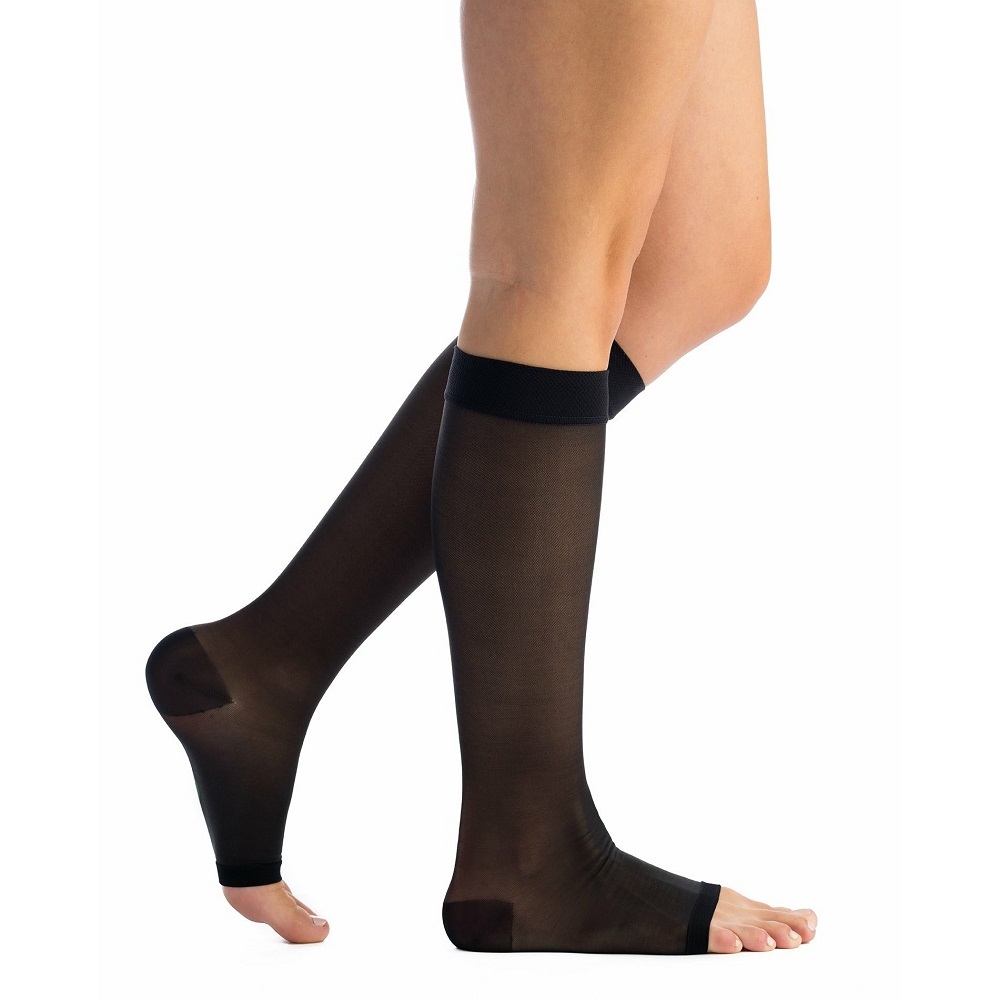
Key Differences in Compression Sock Brands
When shopping for medical compression socks, brand choice matters. Not just for quality, but also for the features they offer. Different brands have distinct strengths, and it’s these nuances that can greatly influence your buying decision.
- Quality of Material: Top brands like Juzo, Sigvaris, Medi, and Jobst put emphasis on high-quality materials. These last longer and provide consistent compression.
- Sizing and Fit: Some brands may offer a broader range of sizes. This ensures a better fit for various leg shapes and sizes. Precise sizing is crucial for effective compression.
- Durability: Reputable brands are known for durable products that withstand regular use and washing without losing their elasticity.
- Compression Levels: Each brand may provide different compression levels. It’s important to pick one that offers the range you require based on your healthcare provider’s recommendation.
- Special Features: Seek features that suit your needs, like open-toes for easier foot monitoring or Velcro for easy application.
- Price vs. Quality: While price is a factor, invest in a pair that offers the best value in terms of durability and efficacy. Sometimes, spending a bit more upfront can save you in the long run.
- Availability of Assistance Devices: If you have limited dexterity, consider brands that provide assistance devices for easier application of the socks.
- Innovative Technologies: Some brands incorporate unique fabric technologies for added comfort or moisture control.
Remember, the right brand for you will depend on your specific needs, preferences, and the guidance of your healthcare provider. Ensure the brand you choose aligns with what you require from your medical compression socks.
Handling Special Considerations and Contraindications
When selecting medical compression socks, certain conditions and contraindications must be taken into account:
- Peripheral Vascular Disease: Those with this condition should avoid compression socks, as they may worsen blood flow issues.
- Diabetes: Diabetic patients, especially with neuropathy, need to be cautious. They should consult healthcare providers due to the risk of unnoticed pressure wounds.
- Skin Fragility: Patients with delicate skin should choose lower compression levels. They might also require socks with softer materials to prevent skin tears.
- Limited Mobility: If putting on compression socks is difficult, seek assistance or consider socks with zippers or Velcro fasteners.
- Swollen Legs: For severe swelling, wraps may be needed before using socks. This helps to manage fluid displacement over time.
- Foot Deformities: Open-toe, zippered, or Velcro compression socks are more suitable for individuals with foot deformities.
Always consult a healthcare professional to address these special considerations effectively. They can provide guidance tailored to your situation. Keep track of any changes in your condition and adjust your compression therapy accordingly.
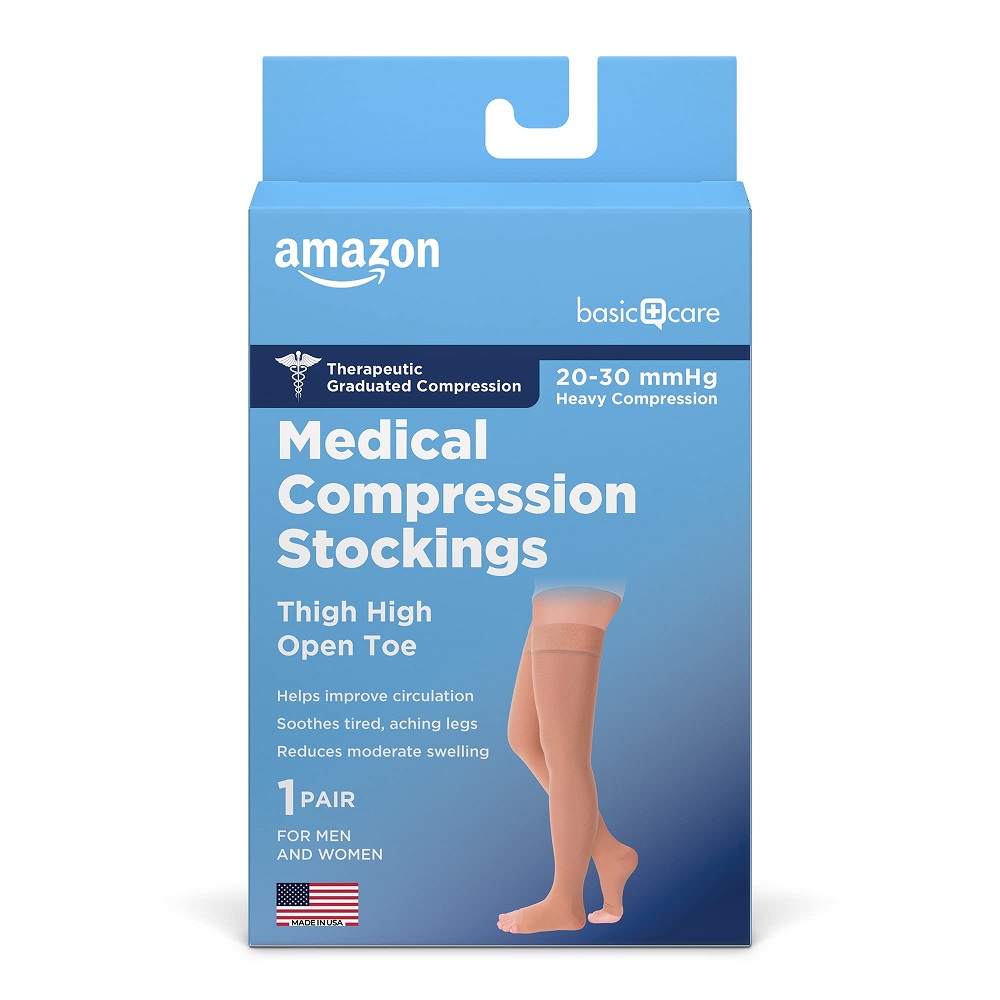
Tips for Putting on Compression Socks
Wearing medical compression socks correctly is as important as choosing the right pair. Here are some easy-to-follow steps to ensure you put them on properly and comfortably:
Step 1: Prepare your legs
Make sure your skin is dry. Apply lotion if needed, but let it absorb fully. Avoid any wrinkles on the socks by smoothing them out.
Step 2: Turn the sock inside out
Start by turning the sock inside out, up to the heel. This makes it easier to roll on.
Step 3: Slip your foot in
Place your foot into the sock’s toe and heel. Ensure your foot is firmly in place.
Step 4: Gently pull up
Gently pull the sock up your leg. Do not yank or stretch it out too much.
Step 5: Adjust for comfort
Smooth out any folds or wrinkles for a snug, wrinkle-free fit.
Step 6: Double-check the fit
Make sure the sock is evenly stretched and sits just below the knee. It should feel snug but not painfully tight.
These simple tips help you wear medical compression socks correctly, making the most out of their benefits. If you struggle to put them on, consider using a stocking donner or asking someone for help. Proper application ensures your comfort and the effectiveness of the compression therapy.
Maintaining Your Compression Socks: Care and Durability
Caring for medical compression socks properly extends their life and ensures ongoing effectiveness. Here are practical tips for maintaining your socks:
- Wash Regularly: Clean after each use to remove oils and skin cells. Hand wash in warm water with a mild soap, or use a gentle machine cycle.
- Air Dry: Lay flat or hang to dry. Avoid heat sources and do not tumble dry to preserve elasticity.
- Avoid Bleach: Strong chemicals can damage the fibers. Stick to gentle detergents.
- Check for Damage: Look for holes, fraying, or stretched areas. Replace if the sock’s condition compromises its effectiveness.
- Store Carefully: Keep in a cool, dry place. Avoid folding which could create creases and affect compression.
By following these guidelines, your medical compression socks will retain their compression levels and remain comfortable to wear. Keep an eye out for wear and tear, and consult a healthcare provider if you notice changes in fit or comfort level.

